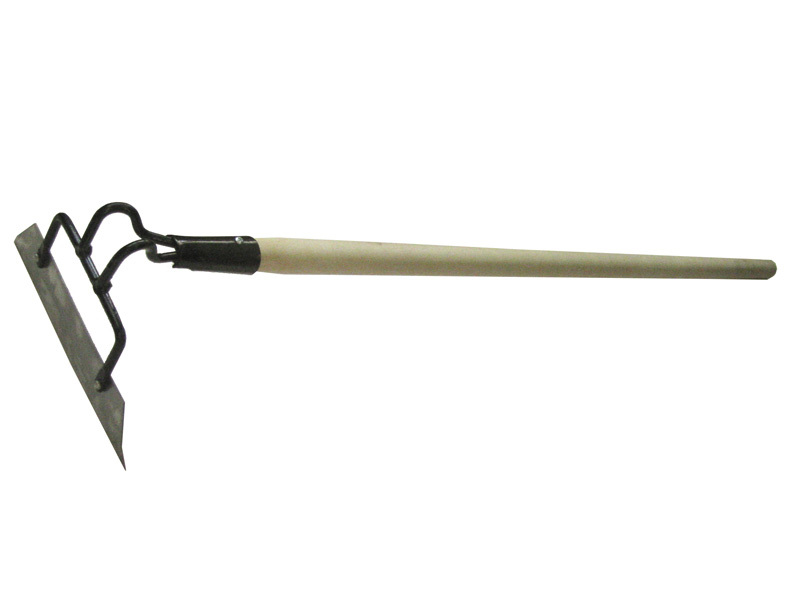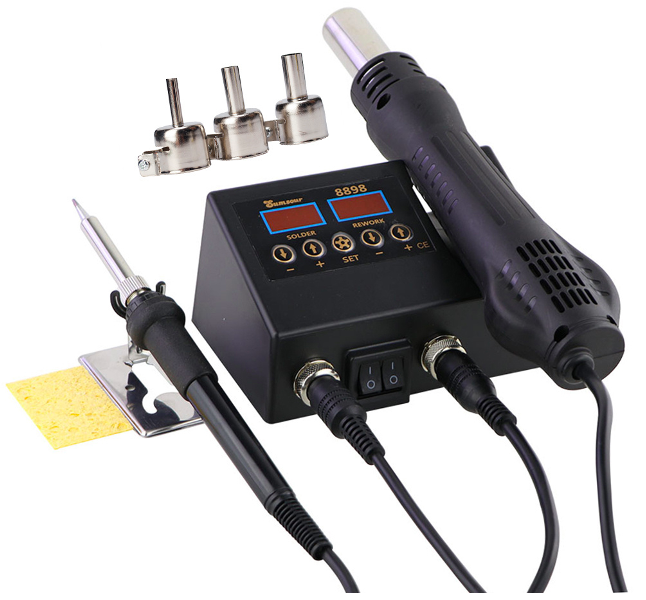After reading this article, you will learn how to break in a chainsaw, is the break-in of Chinese, Russian, European models, does the process of running in a new chainsaw differ from the old one, why do you need to run in a chainsaw, what to do if it doesn’t start chainsaw.

The content of the article
- How to break in a chainsaw?
- Is the break-in of a new chainsaw different from a used one?
- Why do you need a chainsaw break-in?
- Chain and bar - do they need to be run in?
- Chinese chainsaw - is the break-in of Chinese chainsaws different?
- I broke in a chainsaw, and it does not start - what to do?
How to break in a chainsaw?
Instructions for running a chainsaw:
- First you need to disassemble the saw - remove the cover, disassemble the body and reach the carburetor.
- There will be three screws on the carburetor - two black and one gray (may vary). The black screws adjust the RPM for high and low RPM. Gray controls idling.
- Turn the right black screw to increase the speed. Turn them with a flat head screwdriver. Use a tachometer to measure rpm. If there is no tachometer, you will need it further anyway. Turn the screw a quarter towards the fuel. Do not set too many revolutions - the equipment may break due to increased load. You should set 600/700 rpm.
- Install all the elements in place and assemble the chainsaw back.
- Fill the gas tank with fuel, mixing oil with gasoline in the proportion for your model (40:1 or 50:1). You can add more oil, since the engine consumes a lot of oil in the first hours of operation - it needs to be lubricated abundantly.
- Run the tool.
- Listen to the sound. Notice the smoke. It will be more than usual. It can be thick and black.
- Use the chainsaw for its intended purpose within 4 hours. Take regular breaks to allow the engine to cool down from high speed operation.
- Silence the device. Wait until it cools down. Turn the high speed adjustment screw back to its original position.
Is the break-in of a new chainsaw different from a used one?
No. Regardless of whether a chainsaw was used or it was only from the factory, the break-in process is the same. To break in an old chainsaw, you also need:
- Disassemble the body of the device, unscrew the bolts, remove the tire with the chain.
- Turn the right carburetor screw a quarter.
- Collect everything back.
- Use the chainsaw for its intended purpose within four hours.
- Switch off the tool every half an hour/hour (depending on the chainsaw) to cool the engine.
- Disassemble the body again, get to the carburetor.
- Turn the high speed adjustment screw to its original position.
- Assemble the device.
Why do you need a chainsaw break-in?
Running in is a kind of training for chainsaw parts. It is made so that the cylinder, piston ring and other parts get used. During the engine break-in process, engine speed is increased to maximum. After several hours of operation at this speed, the risk of malfunctions is reduced, suitable clearances are formed between the cylinder and the piston ring, cylinder and piston ring, maximum power increases, heat from gasoline combustion is better transferred, parts melt less, prolongs service life saws.
During the chainsaw break-in, you increase the load on the parts, and then return them to their original position.
If you do the break-in incorrectly, the efficiency of the chainsaw will decrease, its life will be shortened. services, that is, the tool was broken in incorrectly, then the parts wear out more, and therefore the device is smaller serves. The engine may also seize, or the piston ring may stick. Due to improper break-in, you will be denied warranty and maintenance of the chainsaw in the service.
Often, "experts" advise to run in at idle. This is not true. When starting a chainsaw for running in at idle, only a huge amount of soot and soot will form. The fact is that the engine shaft at idle rotates minimally. Engine cooling depends on the number of revolutions. Less RPM means less cooling. That is, at idle, the shaft rotates at a minimum speed, the engine does not cool, a large amount of soot and soot is formed. More revolutions - more cooling, less soot, soot.
Chain and bar - do they need to be run in?
No, the chain and bar do not need lapping. They are not produced as the main unit - they do not have a cylinder, pistons, piston ring that will rub in. If you want to break in the chain and bar, they will simply become dull. These are consumables. All you need to do for them to work properly is to check the chain tension, how the tire is holding up, make sure they are lubricated. There should be a film of highly adhesive oil on the surface of the chain and along the edges of the bar.
Chinese chainsaw - is the break-in of Chinese chainsaws different?
No. All chainsaws work on the same principle. Their design concept is the same. The location and appearance of some nodes may vary. The process of running a chainsaw is the same - it does not depend on where it was made.

I broke in a chainsaw, and it does not start - what to do?
There are several reasons why a chainsaw may not start:
- You have not adjusted the carburetor. If you do not return the adjusting screw back, then rich fuel will overflow and the engine will not start - it will prevent the spark plug from creating a spark.
- The candle is covered with soot.
- The spark plug is broken.
Regardless of the breakdown, you need to inspect the chainsaw:
- Disassemble the tool body and get to the spark plug.
- Inspect it - it should not be damaged, soot, it should be dry.
- If the spark plug is wet, then fuel has overflowed. To fix this, you need to turn the chainsaw block over and pull the starter handle with the ignition off. The spilled fuel will begin to pour out of the chainsaw. When it finishes pouring, assemble the appliance and check if it starts.
- If the candle is covered with soot, you need to remove it, wipe it, check its performance (whether a spark appears), insert it back or replace it.
- If the spark plug is broken, bad, or no spark, replace the spark plug.


